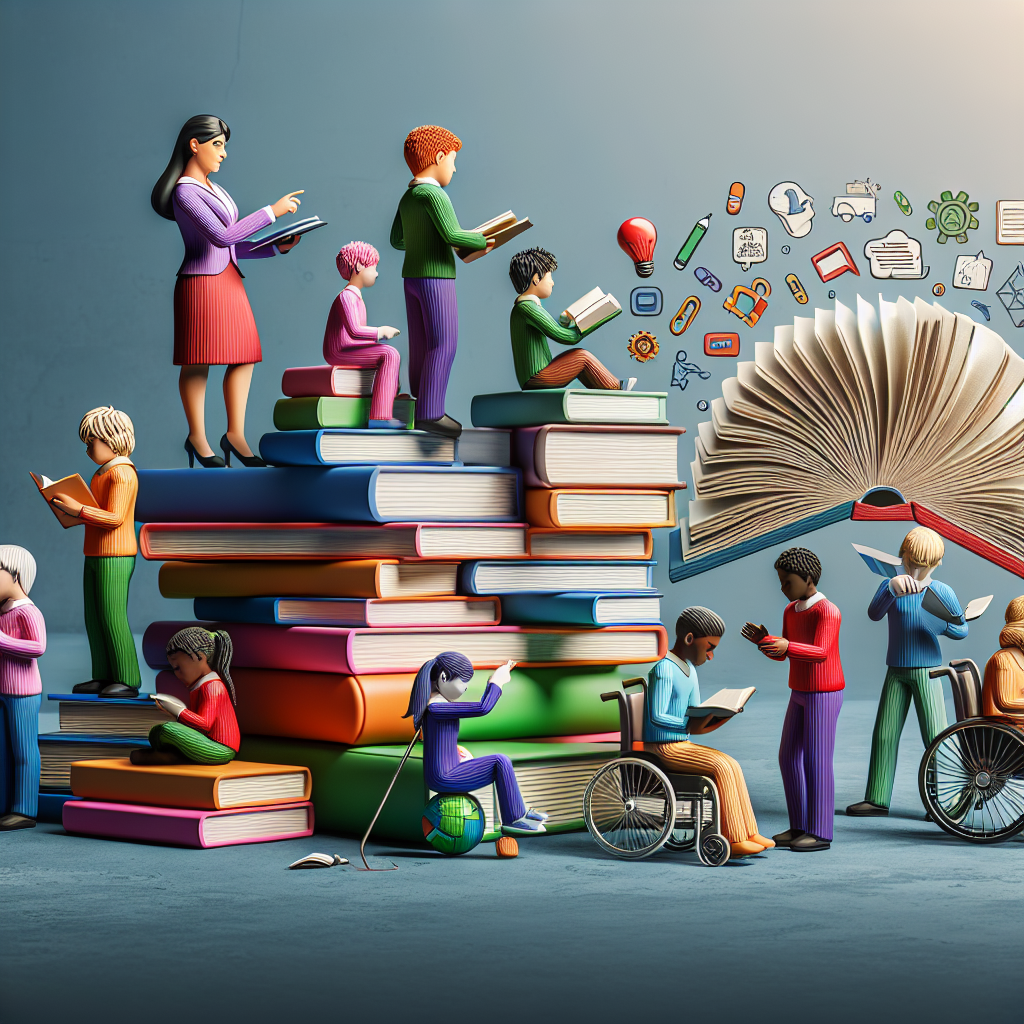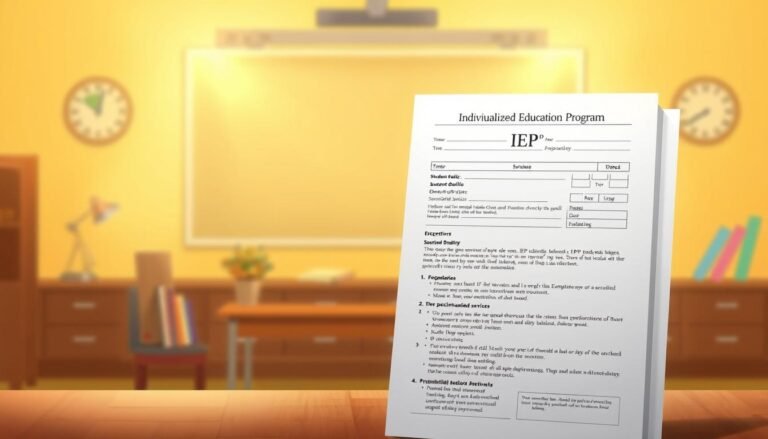
Understanding Diverse Learning Needs: The Ultimate Comprehensive Guide for Educators
Introduction
In today’s dynamic classrooms, educators encounter a vibrant tapestry of student backgrounds, learning styles, and needs. Understanding diverse learning needs has never been more essential. As classrooms become increasingly heterogenous, the ability to differentiate instruction effectively is imperative for fostering inclusive environments where all students can thrive. This comprehensive guide serves as a beacon for educators striving to embrace diversity in learning, providing practical strategies and insights that make a tangible difference.
The Importance of Understanding Diverse Learning Needs
Learning is not a one-size-fits-all journey. Neurodiversity, cultural backgrounds, and socioeconomic status all play pivotal roles in shaping how students engage with content. By recognizing and responding to these diverse needs, educators can enhance student engagement, boost academic performance, and create an inclusive culture that values every learner’s unique contribution.
Case Study: The Power of Differentiated Instruction
In a middle-school classroom in urban New York City, Teacher Michelle implemented differentiated instruction to address her students’ varied learning needs. She divided her class into small groups based on readiness and interest, using project-based learning activities tailored to different learning profiles. Within weeks, she noticed remarkable improvements in student engagement and performance, illustrating that understanding diverse learning needs can lead to significant educational breakthroughs.
Key Concepts in Understanding Diverse Learning Needs
1. Recognizing Learning Styles
One approach to understanding diverse learning needs is acknowledging various learning styles—visual, auditory, kinesthetic, and reading/writing. By integrating these styles into lesson planning, educators can create a more inclusive learning environment.
Table 1: Learning Styles Overview
| Learning Style | Characteristics | Effective Teaching Strategies |
|---|---|---|
| Visual | Learners prefer images and spatial understanding | Use diagrams, charts, and multimedia |
| Auditory | Learners retain information through listening | Incorporate discussions, podcasts, and music |
| Kinesthetic | Learners thrive through movement and hands-on activities | Include role-plays, experiments, and tasks that involve physical activity |
| Reading/Writing | Learners excel through reading and writing | Provide extensive reading materials and opportunities for written expression |
2. The Role of Social and Emotional Learning (SEL)
Social and emotional learning is crucial for creating a supportive classroom environment. Understanding diverse learning needs entails recognizing emotional and social factors that impact learning. SEL programs foster resilience, empathy, and collaboration, aligning educational practices with students’ emotional realities.
Case Study: Implementing SEL
At Cedar High School, counselors initiated a SEL program focused on cultivating emotional intelligence. Students participated in workshops that encouraged self-reflection, stress management, and relationship-building. The result? A drop in disciplinary actions and an increase in overall academic performance, underscoring the significance of addressing students’ emotional needs.
3. Culturally Responsive Teaching
Culturally responsive teaching requires educators to acknowledge and integrate students’ cultural backgrounds into the curriculum. This approach validates students’ experiences, making learning more relatable and engaging.
Example Strategies:
- Incorporate diverse perspectives in lesson materials.
- Create a culturally rich classroom library.
- Design projects that connect learning to students’ cultural backgrounds.
4. Adapting to Neurodiversity
Understanding diverse learning needs includes recognizing neurodiversity—conditions such as ADHD, dyslexia, and autism—affect how students learn. It’s essential to create structured environments that support these learners through the use of assistive technologies, flexible classroom layouts, and tailored instructional approaches.
Chart 1: Neurodiversity Spectrum
| Condition | Characteristics | Classroom Strategies |
|---|---|---|
| ADHD | Difficulty with attention and impulse control | Provide clear instructions, break tasks into smaller steps |
| Dyslexia | Challenges with reading and text comprehension | Use audiobooks, visuals, and hands-on materials |
| Autism | Varying communication and social interaction skills | Use predictable routines and clear expectations |
5. Collaborating with Families
Incorporating families in the educational process can significantly enhance understanding diverse learning needs. Parents can offer insights into their child’s learning styles, preferences, and needs, which enriches educators’ approaches.
Actionable Tips for Collaboration:
- Regularly communicate with families.
- Host workshops that educate families about diverse learning styles.
- Develop individualized education plans (IEPs) in partnership with families.
Building an Inclusive Curriculum
Creating an inclusive curriculum means making intentional choices that reflect diverse perspectives and learning styles. Here are steps educators can take:
1. Curriculum Audit
Evaluate existing curriculum materials to ensure they are inclusive and diverse. Identify gaps and areas for improvement to cater to a wider array of student experiences.
2. Flexible Assessments
Implement varied assessment methods to cater to diverse learning styles—these can range from traditional tests to presentations, portfolios, or creative projects.
3. Universal Design for Learning (UDL)
Utilize the principles of Universal Design for Learning to create flexible learning environments that accommodate individual learning differences.
Table 2: UDL Principles
| UDL Principle | Description | Implementation Strategies |
|---|---|---|
| Engagement | Improve motivation and interest | Offer choices in tasks and projects |
| Representation | Provide multiple ways of presenting information | Use multimedia and varied resources |
| Action and Expression | Allow diverse means for students to express knowledge | Encourage various forms of project presentations |
Assessment Strategies for Diverse Learning Needs
Assessment is a crucial component in understanding diverse learning needs but often poses challenges. Here’s how educators can adapt:
- Formative Assessments: Regular checks for understanding help tailor instruction to meet diverse needs.
- Authentic Assessments: Task students with real-world challenges that align with their interests and strengths.
Case Study: Diverse Assessments in Action
At Lincoln Elementary, the faculty adopted a project-based assessment model that allowed students to choose how they demonstrated their learning. This approach improved participation and comprehension among students with diverse learning needs.
Conclusion
Understanding diverse learning needs is not merely a pedagogical necessity; it is a vital skill set that enhances the educational experiences of all learners. Embracing diversity in the classroom empowers students, fosters an inclusive environment, and promotes a sense of belonging. By prioritizing differentiated instruction, social-emotional learning, culturally responsive teaching, and collaboration with families, educators can create classrooms that are truly reflective of, and responsive to, the diverse world we inhabit.
Final Thoughts
As educators, you wield the power to shape lives. By thoroughly understanding diverse learning needs and implementing inclusive practices, you not only enhance your teaching efficacy but also inspire students to reach their fullest potential. Together, let’s foster future generations of learners who are equipped to embrace diversity in all its forms.
FAQs
What are diverse learning needs?
Diverse learning needs refer to the various ways in which students learn based on factors like socioeconomic background, learning styles, neurodiversity, and cultural influences.
How can I identify diverse learning needs in my classroom?
Observation, assessments, and regular communication with students and families can help identify diverse learning needs.
What is differentiated instruction?
Differentiated instruction is an educational approach that tailors teaching environments and practices to accommodate the varied learning needs of students.
How can I involve parents in understanding learning needs?
Regular communication, workshops, and collaborative IEP meetings are effective ways to engage parents in their child’s education.
What role does emotional intelligence play in learning?
Emotional intelligence enhances academic performance by helping students manage emotions, build relationships, and make responsible decisions.
What is Universal Design for Learning (UDL)?
Universal Design for Learning is an educational framework that aims to optimize teaching and learning for all individuals by providing multiple means of engagement, representation, and action.
By implementing these insights, you are taking invaluable steps toward understanding diverse learning needs, positioning yourself as an impactful educator when it matters most.
















